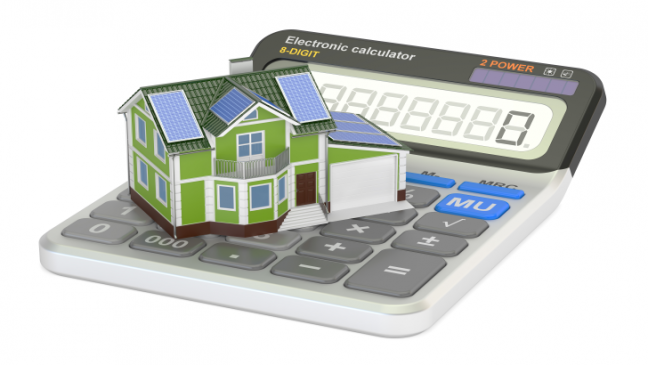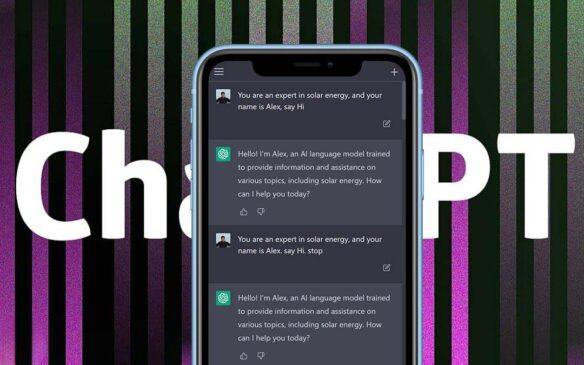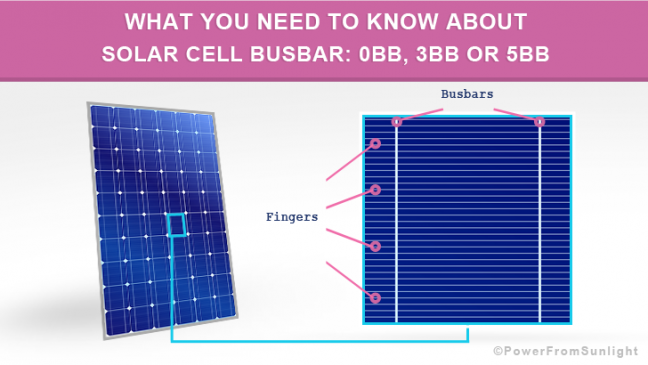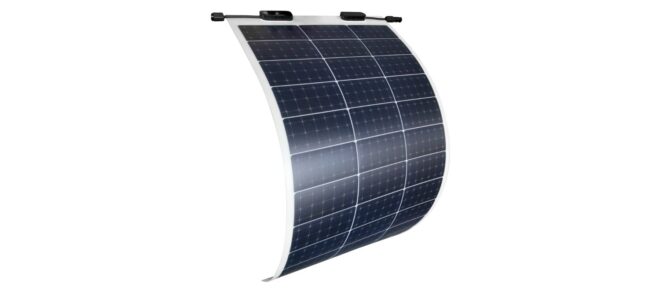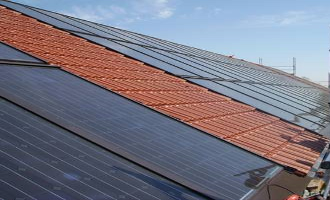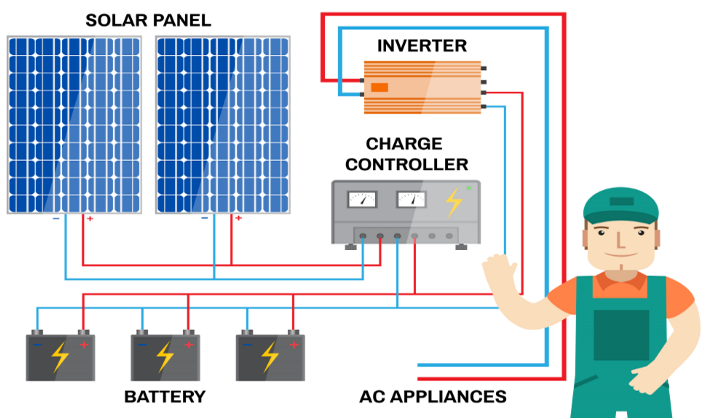
Off-grid Solar Inverter: How to Have Your Own Solar Power Supply Without The Utility Grid?
How does an off-grid solar inverter work? Which system concepts are there at island operation mode?
An off-grid solar inverter converts the direct current of a solar PV system or a solar battery (battery inverter) into alternating current so that all current power loads can also operate without a network connection.
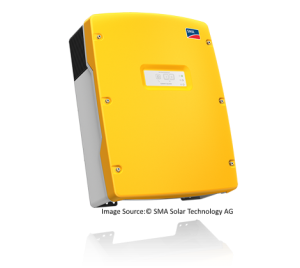
Which inverter voltage and loads are there in stand-alone systems?
Off-grid solar systems are direct current systems without a network connection. Small PV plants are usually operated at either 12 or 24 volts. Higher voltages such as 230 volts alternating current are generated with the aid of an off grid solar inverter.
In stand-alone systems, the solar power can either be used immediately or temporarily stored in a solar battery.
Depending on the structure of the solar PV system, DC, AC or both load types can be simultaneously operated with an off-grid solar inverter.
One can distinguish between the following stand-alone systems:
- Small stand-alone systems without storage battery
- medium-sized and large systems with a storage battery
- Hybrid systems with several electricity generators
AC/DC technology and charging management of batteries
DC and AC coupled PV systems
According to their voltage, off-grid solar systems can be distinguished in DC and AC systems.
In DC coupled PV systems, the solar modules are integrated via a specific DC/DC- charge controller.

In AC coupled PV systems, an off-grid solar inverter can be used, when either there is no connection to the public grid or an off-grid solar power supply is desired.

From a technical viewpoint, off-grid solar inverters regulate the voltage and frequency on the AC side. Loads, as well as generators, can be connected directly to the AC-grid.
Charging management of batteries
In the case of excess solar power and low consumption, the off-grid solar inverter takes current from the AC grid and charges the solar batteries while under a low sun radiation and high consumption it supplies the grid from the batteries.
Off-grid solar inverter with other electricity generators

Generally, an off-grid solar inverter works almost exactly like a “regular” solar power inverter, wherein it converts the current produced into usable electric current and stores it in a corresponding solar battery.
The input voltages of small off-grid solar inverters are usually harmonized with conventional battery voltages. These inverters can be used for example for camping.
In the stand-alone grid, other energy producers can be integrated such as:
- small wind energy systems,
- small hydropower plants,
- Combined heat and power units and,
- Diesel generators
These can mainly be used if the charge state of the batteries decreases and there is insufficient solar irradiation.
Off-grid solar inverters can be utilized in the following applications:
- Remote villages, alpine huts, garden sheds
- Parking meters, weather stations, traffic controls
- Mobile applications for leisure such as mobile homes
Off-grid solar inverters requirements at an island operation
If you want to connect a TV, radio or projector to your stand-alone system, then you need an off-grid solar inverter with Sine or modified sine function.
Besides, the battery voltage must be chosen to match the PV system. Moreover, the stand-alone inverters should have the highest possible efficiency.
Also, it is necessary to know, how much the consumption is in standby mode and which value has the cut-off voltage.
The decisive advantage of the off-grid solar inverter is that it can be controlled so that it delivers only as much power as the load requires. This means that the output voltage of an off-grid solar inverter can be regulated and it is not load-dependent. This functioning ensures as possible a loss-free consumption.
Using off-grid solar inverters in monitoring and MPP-Tracking
Off-grid solar inverters can also assume additional tasks, for example, monitoring the solar PV system. There are models, which can be connected to a monitor or display so that you can see all important data at a glance immediately.
There are also models with integrated transformers and also without transformers. High-end versions are equipped with an MPP-Tracking function.
If the off-grid solar inverter serves as a monitoring station for the solar PV system, it will make sense to choose an indoor device. One which is easily accessible and protected from direct sunlight or rain.


